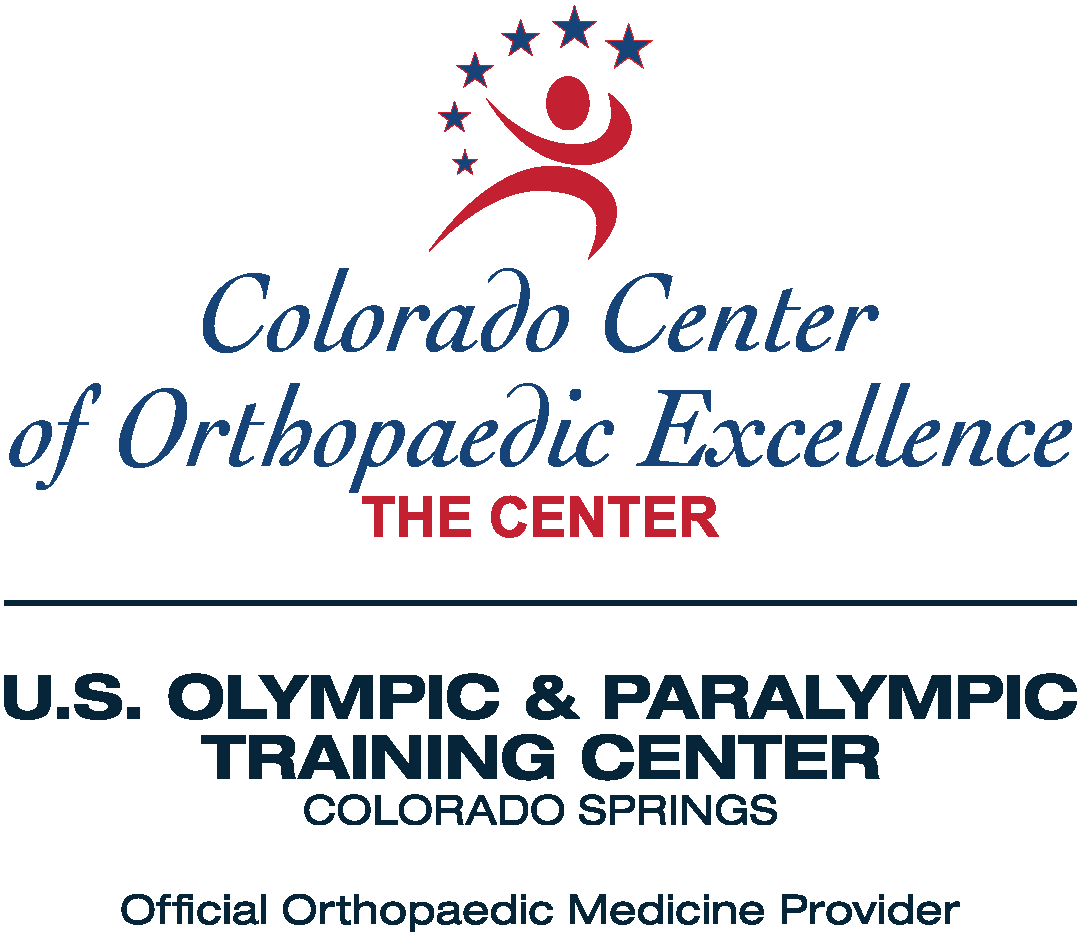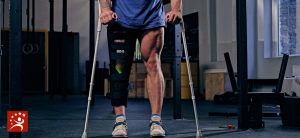A bunion is a rather common deformity of the foot. Bunions most often occur in females and usually are caused by wearing high-heeled shoes or shoes that are too tight, pointed, or narrow. Bunions can also be hereditary. Medical conditions like osteoarthritis can also contribute to the formation of a bunion. Most people who have bunions simply resign themselves that they are a part of life, surely unsightly and sometimes painful, but far from a medical emergency. But what if the bunions become too painful or make it hard to do the things you love to do? Do you need to have your bunions removed?
How Do Bunions Form?
Bunions occur when pressure causes the bones at the base of the big toe to become misaligned. Over time, this pressure causes the base of the big toe to become enlarged and sometimes even filled with fluid. This causes a large and often painful bump to form at the joint on the side of the foot, near the big toe. In addition to the bunion itself, the skin at the bottom of your foot can also thicken, causing painful calluses to form. The bunion and the calluses can make it difficult and painful to walk, wear shoes, or even bend your toes. In addition to being painful, a bunion can make your foot look deformed or awkward by forcing your big toe to lean towards your second toe, and the other toes lean into or overlap each other.
Treatment Options
To diagnose a bunion, your doctor will review your medical history, and examine and take x-rays of your foot. The x-rays show the doctor the alignment and condition of the bones in your foot. If the doctor determines that you indeed have a bunion, there are several treatment options available, which include:
Changing shoes: Sometimes simply changing to a wider or properly fitting shoe with a lower heel can alleviate the pain and may help treat the bunion.
Protective padding: Wearing foam or felt pads – sometimes called spreaders – between your toes or on your foot can help protect the foot from further callousing and force the bones to realign over time.
Shoe inserts: A foot specialist can create custom-made inserts, often called orthotics, that can properly position your toes to relieve the pressure and pain.
When Surgery Becomes an Option
Surgery becomes a valid option when the above non-surgical treatments provide little relief to restore the alignment of the bones, tendons, joints, nerves, and ligaments. During surgery, the toes are placed in their proper positions and the bump is removed, thereby relieving pain and restoring function over time. There are many different surgical techniques for treating bunions, most of which yield excellent results.
Is It Necessary to Have Surgery to Remove Bunions?
The choice to remove bunions surgically is a personal one. If your bunion is not painful and doesn’t bother you, then you may opt not to get surgery. However, bunions do get bigger with time. If you’ve tried non-surgical treatments and they did not help your pain, or if your bunion has become so large that it impedes your daily activities, then you may want to speak to your doctor about surgery. Many people find that the pain from bunions is so severe or that their foot is so severely deformed that the benefits of having the bunions removed far outweigh any negatives. Many patients report a big improvement in quality of life after having their bunions removed.
Is your bunion getting in the way of your life? The board-certified podiatric surgeons at Colorado Center of Orthopaedic Excellence specialize in treating foot and ankle conditions such as bunions. We ensure the best patient care possible, combined with compassion and respect. If you have any questions, or to schedule an appointment, call (719) 623-1050 or use our online form to request an appointment online.








